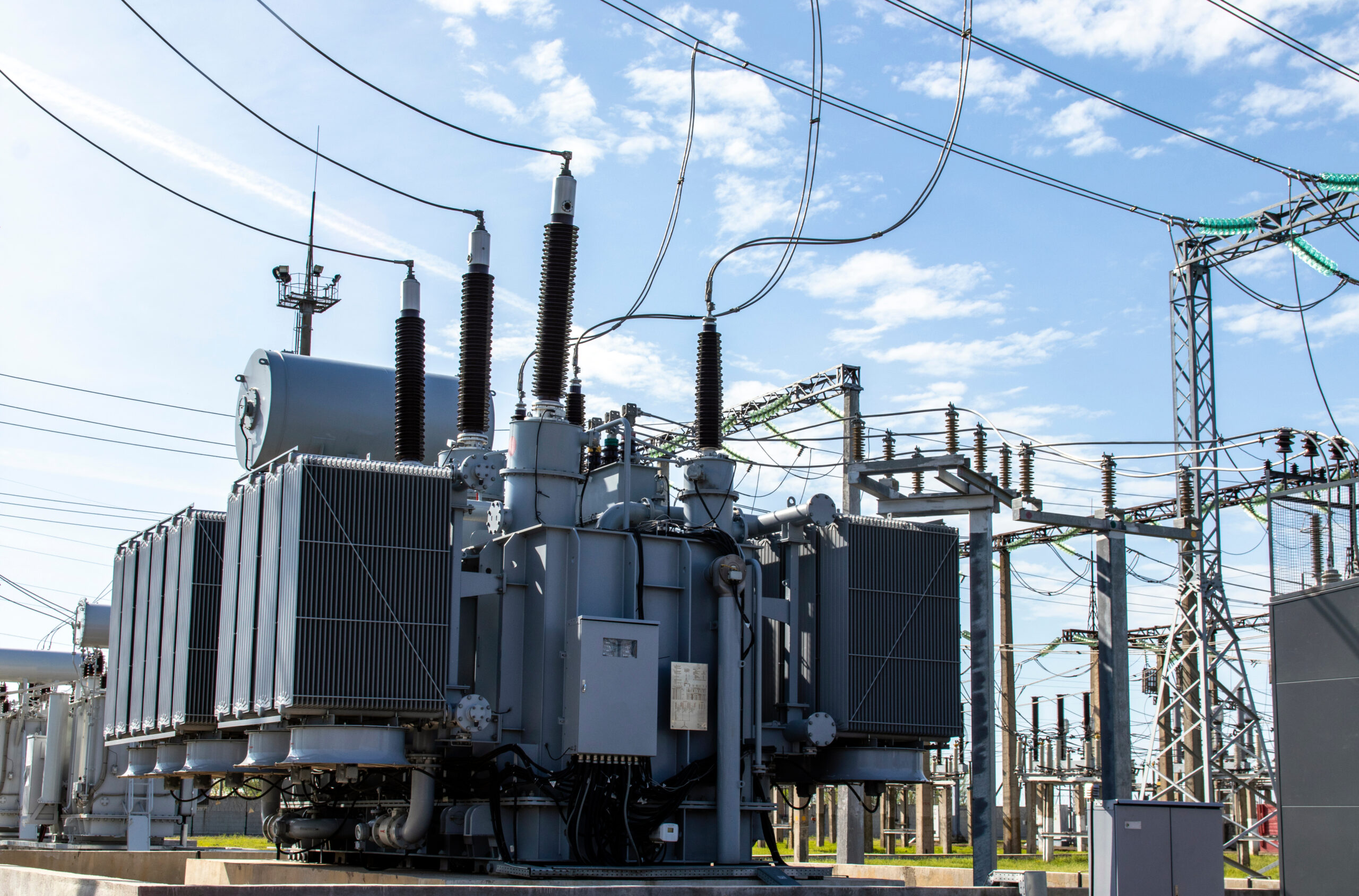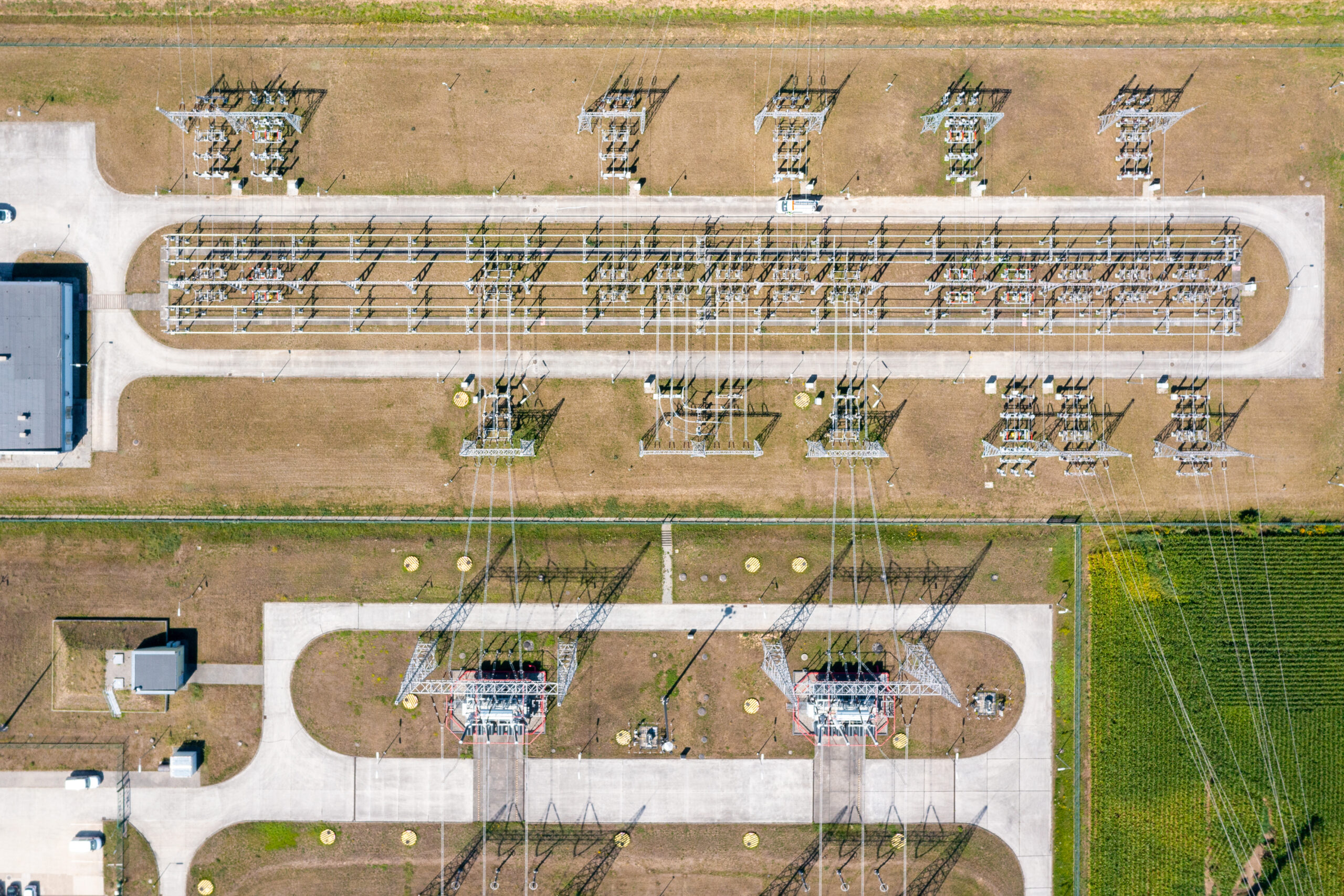"Merchant revenue strategy is set to drive competitive advantage"
Italy is in the process of implementing a unique support scheme for storage investors. The system operator (Terna) will tender for 15 year fixed price contracts for up to 100% of BESS capacity.
The new MACSE support scheme is an infrastructure investor’s dream: a strong credit counterparty, downside risk protection & the ability to debt finance projects.
These conditions are set to ensure that competition for 15 year MACSE contracts will be fierce, likely driving down returns on long term contracted BESS capacity. However investors have the potential to increase project returns via retaining merchant exposure on a tranche of capacity.
The latest consultation on the MACSE scheme has just been released and it contains some significant changes that favour merchant BESS exposure.
In today’s article we set out the impact of these latest announcements on BESS investors. We also compare the implications of three different BESS investment strategies, considering both MACSE and Capacity Market routes for investors.
5 key takeaways for BESS investors from the latest announcements
We describe the MACSE scheme and its impact on BESS investors in a previous article.
On the 12th of April 2024 Terna published the documents of the new consultation for the MACSE mechanism. Compared to the previous version, the current draft proposal incorporates the contents of the European Commission’s decisions, in addition to some changes following the previous consultation phase. The new consultation procedure will end on 3rd of May 2024.
The 5 most relevant implications for investors of the changes to the previous consultation are the following:
1. Higher merchant uplift
Long term MACSE contracted capacity will be able to keep 20% of MSD (ancillary and balancing) merchant margins instead of the previously announced 5%. The remaining portion of those MSD margins and all day-ahead and intraday revenues will be swapped for the fixed price with Terna (under the MACSE long term contract).
2. Impact on market competition
Under the initial announcement, MSD bid and offers for MACSE contracted capacity were capped & floored at +/- 20/25% of the Day-Ahead price. This has now been replaced with much less stringent bidding constraints, with a cap as for the Italian Capacity Market strike price (set off OCGT variable generation cost) and the floor at 0€/MWh. However, Terna optimisation of physical MACSE storage capacity will still have an impact on MSD market competition.
3. Contract duration & lead times
There is now more clarity on MACSE contract durations & planning lead times. BESS contracts will extend to 15 years with a planning lead time of 2 years. Pump storage contracts extend to 30 years, with a planning lead time of 6 years. This extends the duration of contracted revenue certainty – good news for financing assets.
4. Clarity on asset parameters
The new consultation includes clear parameters for BESS and pump hydro (PHES) that enable investor understanding of the competitiveness of different storage durations and efficiencies in MACSE auctions. With these new parameters it is possible to run the first MACSE value simulations for different projects. In practice, longer durations and lower storage efficiencies will be pushed to bid for lower €/MWh MACSE premiums.
5. Auction structure
New rules have been published on the auction quotas and on the algorithm for the auction solution. For each Italian grid area (as defined by Terna), there will be new rules to define the minimum capacity quotas that must be met through the acceptance of bids for storage capacity. This is in order to avoid extreme prices caused by the scarcity of auction-qualified capacity or lack of competition in the same area.
Comparing 3 BESS investment models
The recent announcements enable a more sensible analysis of potential investment case strategies for BESS in Italy. We summarise the following 3 investment models in Chart 1:
- 100% MACSE – all asset capacity fully under long term contract
- MACSE merchant hybrid – a tranche of merchant capacity retained (we assume 80% long term contract, 20% merchant in the chart)
- Capacity Market – the alternative route to the MACSE support scheme
Chart 1: Return breakdown vs % contract cover under 3 investment strategies

Source: Timera Energy, example for 4h duration BESS
Now a summary of what the chart is showing:
- The blue bars represent the €/kW/year level of fixed price contracted revenue (either from the Capacity Market or MACSE)
- The light blue bars represent a conservative downside merchant revenue level (influenced by the amount of merchant capacity in each case)
- The grey bars represent a potential incremental upside merchant revenue level
- The green line shows the % of revenue certainty from long term fixed price contract cover (measured against the right hand axis).
Two standout conclusions from the chart are: (i) retaining merchant exposure can support a significant increase in BESS returns (ii) the MACSE scheme is not necessarily more favourable than the existing Capacity Market on a risk / return basis.
Exploring implications for the 3 investment models
Let’s consider each of the cases shown in Chart 1.
MACSE 100% case
In this case 100% of BESS asset capacity is under MACSE 15 year fixed price contract. There is a small residual merchant revenue stream derived from the 20% share of realised MSD margins (as per the latest announcements set out above). In the chart we show a fixed price revenue level in line with Terna’s assumptions, but in reality this will be set via a competitive auction tender process.
MACSE 80% case
In this case 80% of BESS capacity is under MACSE long term contract with a 20% merchant tranche exposure retained. The BESS asset receives a small stream of MSD margins on MACSE contracted capacity as in the case above, but it also receives a more significant uplift in returns from the 20% merchant tranche. This 20% merchant tranche is just an illustration – in practice the size of the merchant tranche can be selected based on optimisation of (i) expected IRR (ii) risk appetite & (iii) financing conditions.
Capacity market (CM) case
BESS can participate in the CM for 15 year fixed price contracts based on derated asset capacity. The shorter the battery duration, the higher the derating factor resulting in a lower fixed price.
The key advantage of the CM approach is that the BESS owner retains full access to merchant revenues from Day-Ahead, Within-Day and MSD markets (subject to OCGT variable generation cost price cap). The limitation of the CM is that the % level of fixed price contract cover cannot be tailored to suit risk appetite or financing requirements – it is effectively determined by the CM clearing price & derating factor.
In the case we show in Chart 1 (for a 4 hr duration BESS asset), the CM case has a significantly higher expected return than the other two cases. It also has only a marginally lower downside risk than the MACSE hybrid case (with 20% merchant tranche).
Takeaways for investors
The cases we show above highlight the importance of robust analysis in defining BESS asset investment models in Italy.
In principle, the MACSE merchant tranche & Capacity Market models are similar. Both allow BESS investors (i) a 15 year fixed price revenue stream with Terna and (ii) the ability to stack merchant revenue on top of this. However, from a capital structuring point of view there is a big difference.
MACSE allows investors to flexibly select the level of long term contracted versus merchant revenue. This is helpful from a risk appetite & financing perspective, but it comes at a price given MACSE imposes significant constraints on merchant revenue capture (i.e. reduces returns).
The Capacity Market route is less flexible given the level of long term contracted revenue is determined by the auction clearing price. However participating in the CM allows BESS investors freer access to merchant revenues (increasing potential returns).
The trade off here depends on an analysis of each individual project that captures:
- Project configuration e.g. duration & zonal location
- Projected distribution of merchant revenues (including zonal uplift)
- Investor risk appetite & cost of capital
- Project capital structure & financing terms e.g. loan to value ratio, interest rates
This is the challenge that storage investors face between now and the first MACSE auction in early 2025. A structured approach to assessing how to integrate merchant revenue into projects is set to drive significant competitive advantage.
Join our upcoming webinar on the Italian BESS investment case
Topic: “A new model” – how the MACSE mechanism is set to turbo charge Italian storage investment
Time & access: Wed 24th Apr 10:00 GMT (11:00 CET)
Registration: Pre-registration required (access is free); webinar registration link – register here
Focus:
- Terna’s plan to tender for 71 GWh (12-15GW) of storage by 2030 under MACSE
- How MACSE mechanism works & its impact on BESS investment cases
- Building a viable BESS investment case & enhancing returns with a merchant tranche
- Financing, IRR and market access considerations
- Key investment case risks & pitfalls
Any Qs please contact steven.coppack@timera-energy.com




